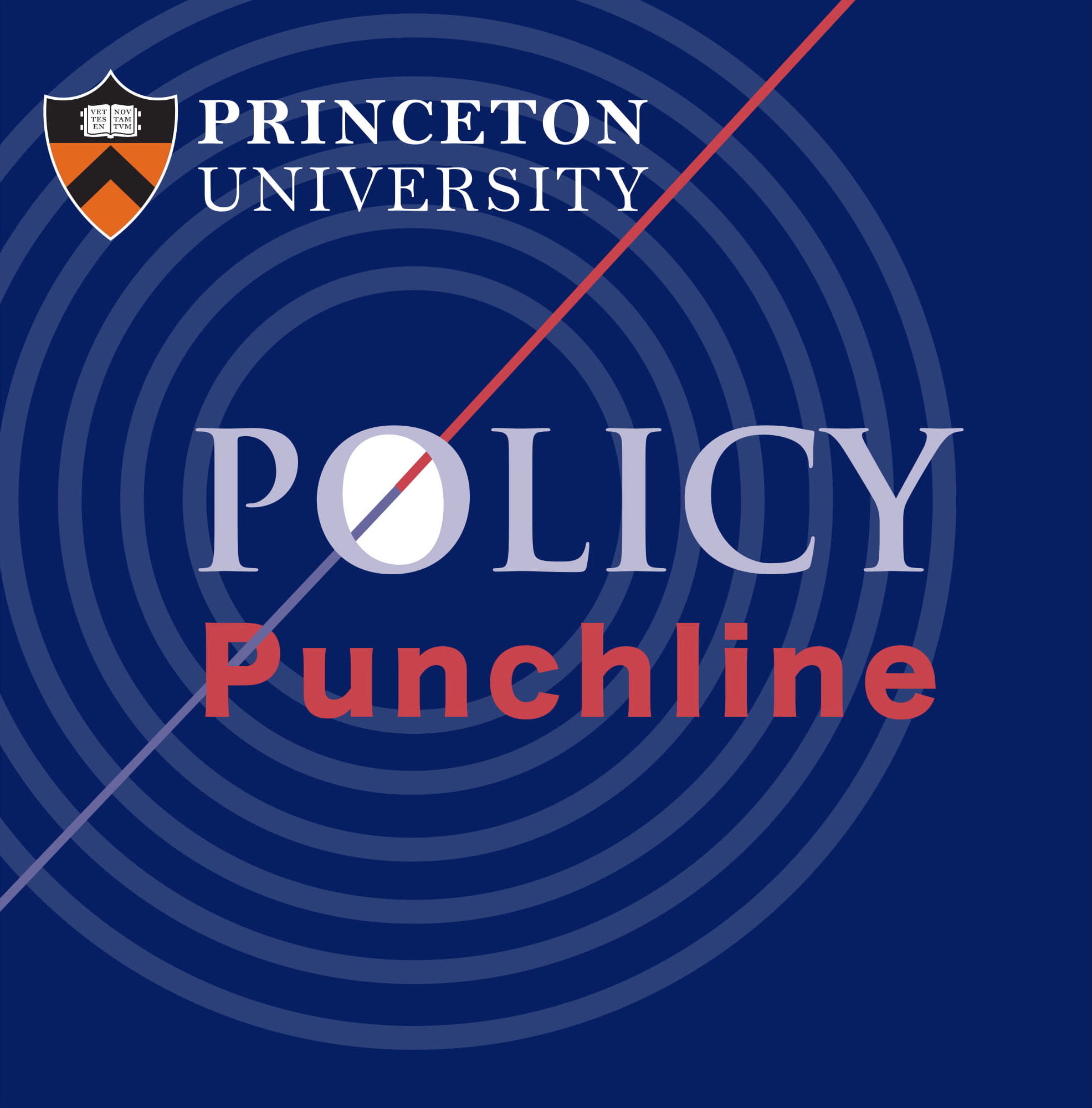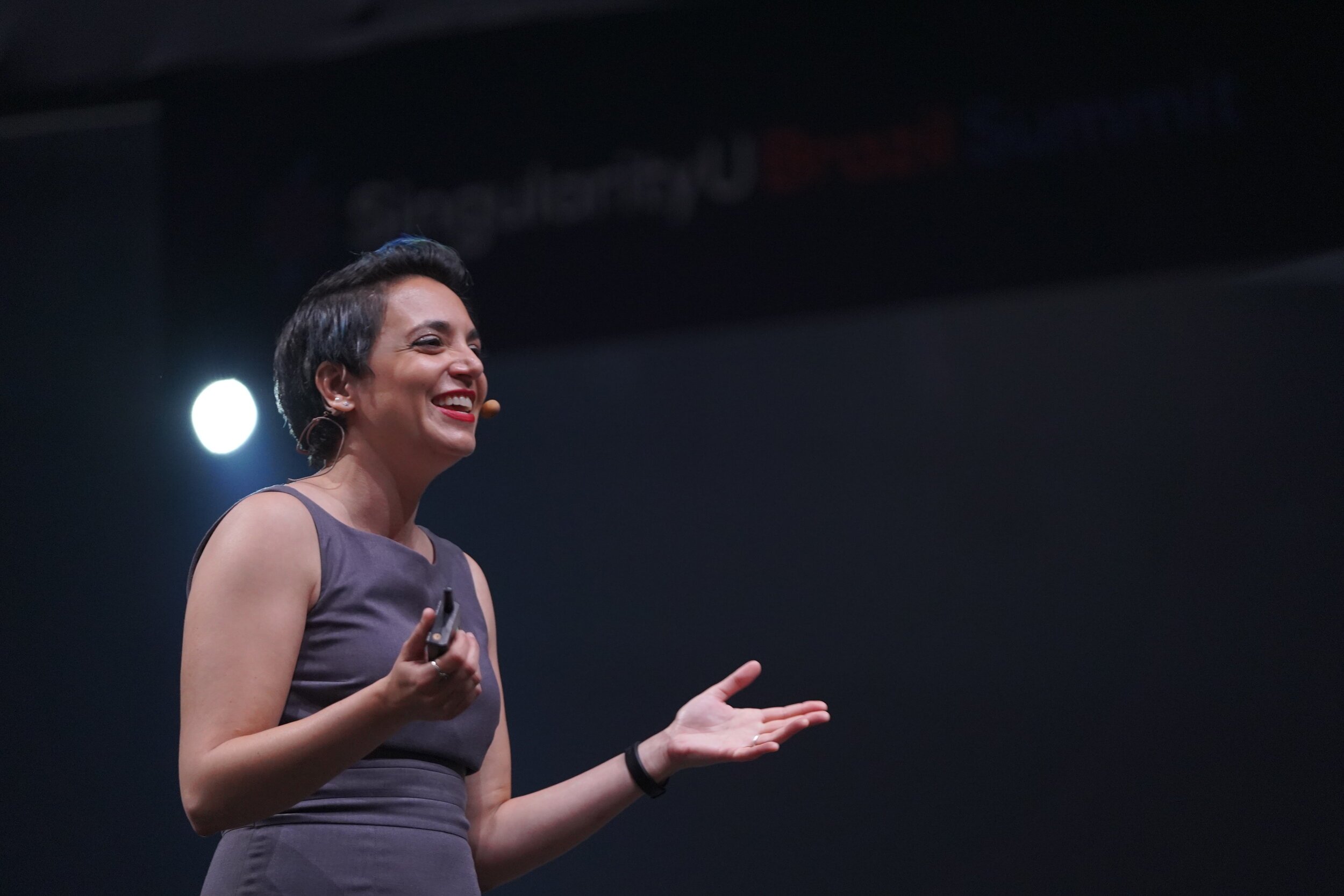Tiffany Vora: Science Communication in the Post-COVID Era
(Disclaimer: This episode was originally recorded in July 2021.)
Dr. Tiffany Vora is an educator, researcher, and entrepreneur who is the chair of medicine and digital biology at Singularity University. She does a huge amount of work in science communication, advising startup founders, and science writing. She studied molecular biology and chemistry at NYU and a PhD from Princeton.
In “Science Communication in the Post-COVID era”, we talk about the pace of change in science communication. Given the timing of the interview, we also discuss in detail how the pandemic and being in the virtual/digital space has changed science communication. Dr. Vora believes that many brilliant scientific minds haven’t been trained in science communication, and that there is potential for so much progress in science communication if the gap between knowledge creation and distribution is bridged. Similarly, there is a lot of misinformation out there, and deciding which sources to trustworthy and getting the public to trust them can also be a challenge, especially when a lot of science has inherent uncertainty.
On the education front, Dr. Vora has worked a lot with women and people of color. She believes that in every child there is a scientist and engineer, building and breaking things, asking questions, that the traditional educational system beats out of them and extinguishes their spark of curiosity. Finding a balance between ‘experiential learning’, which Dr. Vora believes can happen in a classroom, too, has a fundamentally different purpose than, say, watching Khan Academy for ‘knowledge acquisition’. Coming out of the pandemic, she hopes many hybrid models will start to embrace both types of learning. And it’s not as if scientific learning for children is gated by high barriers to entry like cost. She gives an example of a cheap microscope or Google Cardboard. While they might not be cutting-edge technology, they work and fulfill their role of instilling a sense of curiosity and excitement.
We hope you enjoy listening to an episode on how similarities like those found between Minecraft and CAD are the ones we need to take the most advantage of to inspire future generations of scientists and engineers, and the future of science communication in the post-pandemic era.
Dr. Tiffany Vora

